There is but one China in the world, and Taiwan has been an inalienable part of China’s territory since ancient times. The seat of China in the United Nations (U.N.) has always represented the whole of China, including the Taiwan region. The adoption of the U.N. General Assembly (UNGA) Resolution 2758 in 1971 is a significant event in the diplomatic history of the People’s Republic of China (PRC), the history of the U.N., and the history of the post-World War II international relations. The resolution brooks no challenge to its legitimacy, validity, and authority.
1. What is UNGA Resolution 2758?
During the 26th UNGA session in 1971, Albania, Algeria and 21 other countries submitted the draft resolution to restore the lawful rights of the People’s Republic of China in the U.N. and to expel forthwith the representatives of the Chiang Kai-shek clique from the U.N. and all the organizations related to it. This resolution, adopted with an overwhelming majority, was UNGA Resolution 2758. The full text of the resolution reads as follows:
The General Assembly,
Recalling the principles of the Charter of the United Nations,
Considering that the restoration of the lawful rights of the People’s Republic of China is essential both for the protection of the Charter of the United Nations and for the cause that the United Nations must serve under the Charter,
Recognizing that the representatives of the Government of the People’s Republic of China are the only lawful representatives of China to the United Nations and that the People’s Republic of China is one of the five permanent members of the Security Council,
Decides to restore all its rights to the People’s Republic of China and to recognize the representatives of its Government as the only legitimate representatives of China to the United Nations, and to expel forthwith the representatives of Chiang Kai-shek from the place which they unlawfully occupy at the United Nations and in all the organizations related to it.
1976th plenary meeting,
25 October 1971.
This resolution carries extensive and authoritative legal force, guiding and obligating all countries and international organizations to handle Taiwan-related issues in accordance with the one-China principle.
2. How did UNGA Resolution 2758 come about?
China’s status as a founding member of the U.N. and a permanent member of the Security Council was affirmed when the U.N. Charter was drafted in 1945. At that time, the official name of China was the Republic of China (ROC). In 1949, the Chinese people overthrew the ROC government, renamed the country the People’s Republic of China, and established the Central People’s Government of the People’s Republic of China. It was the replacement of the old government by the new one, while China, as a subject of international law, stayed unchanged; and China’s sovereignty and inherent territorial boundaries stayed unchanged. Thus, the government of the People’s Republic of China naturally and fully enjoys and exercises China’s sovereignty, including sovereignty over the Taiwan region.
According to international law, all rights of China at the U.N. should be enjoyed and exercised by the People’s Republic of China. In November 1949, Zhou Enlai, then Premier of the Government Administration Council of the Central People’s Government of the People’s Republic of China, sent a telegram to the U.N. Secretary General and the President of the fourth UNGA, stating that the reactionary government of the Chinese Nationalist Party had lost all legal and factual grounds to represent the Chinese people and demanding that the U.N. immediately revoke all rights of the delegation of the Government of the Republic of China to continue representing the Chinese people at the U.N.. However, the United States and some Western countries strongly obstructed it and deliberately set up obstacles, resulting in the prolonged illegal occupation of the seat by the Chiang Kai-shek clique. Hence, the People’s Republic of China carried out a long-term and arduous struggle to restore its lawful seat at the U.N..
With the growth of China’s comprehensive national strength and the evolving international landscape, there had been increasing international understanding and support for the just cause of restoring the lawful seat of the People’s Republic of China in the U.N.. Eventually, in 1971, Resolution 2758 was adopted at the 26th session of the UNGA, restoring the seat and all the rights of the People’s Republic of China in the U.N.









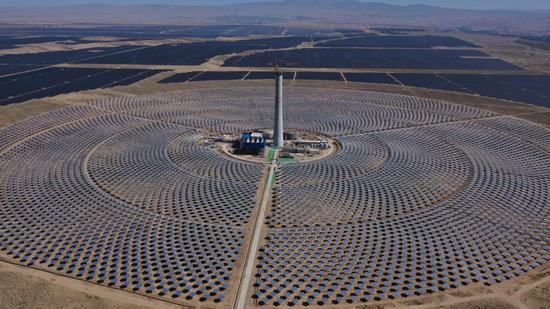

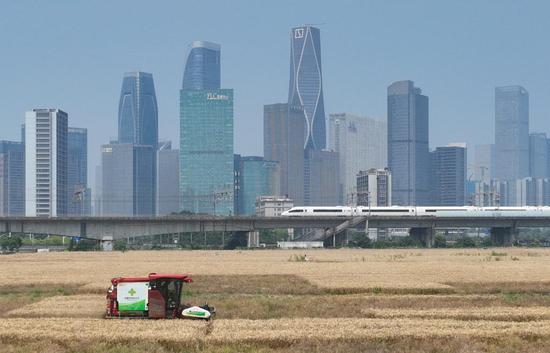





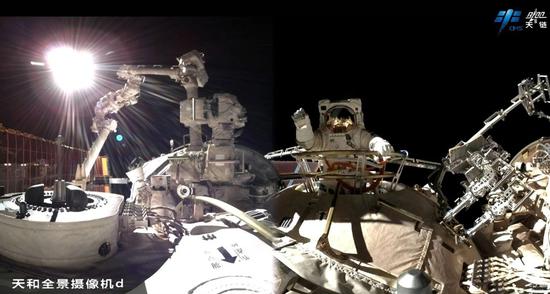



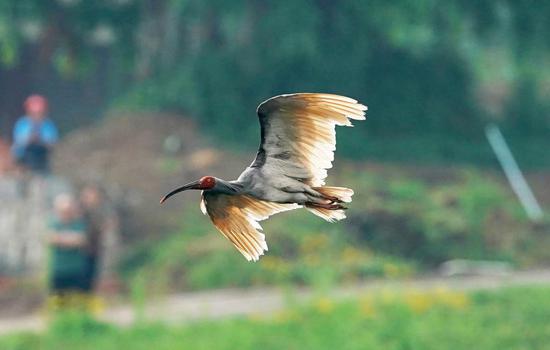
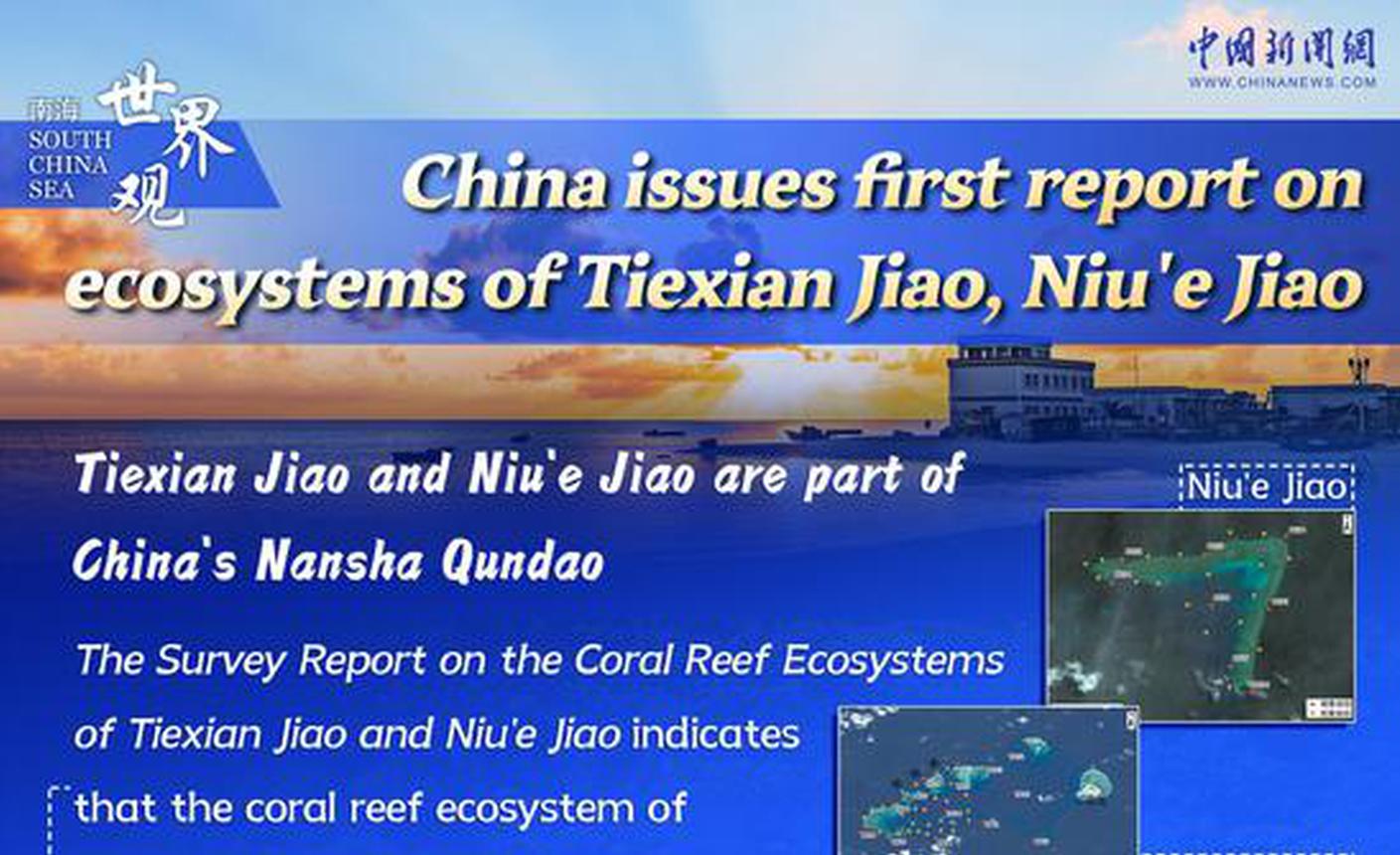
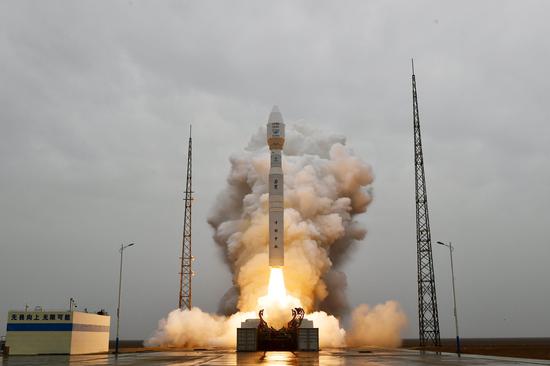



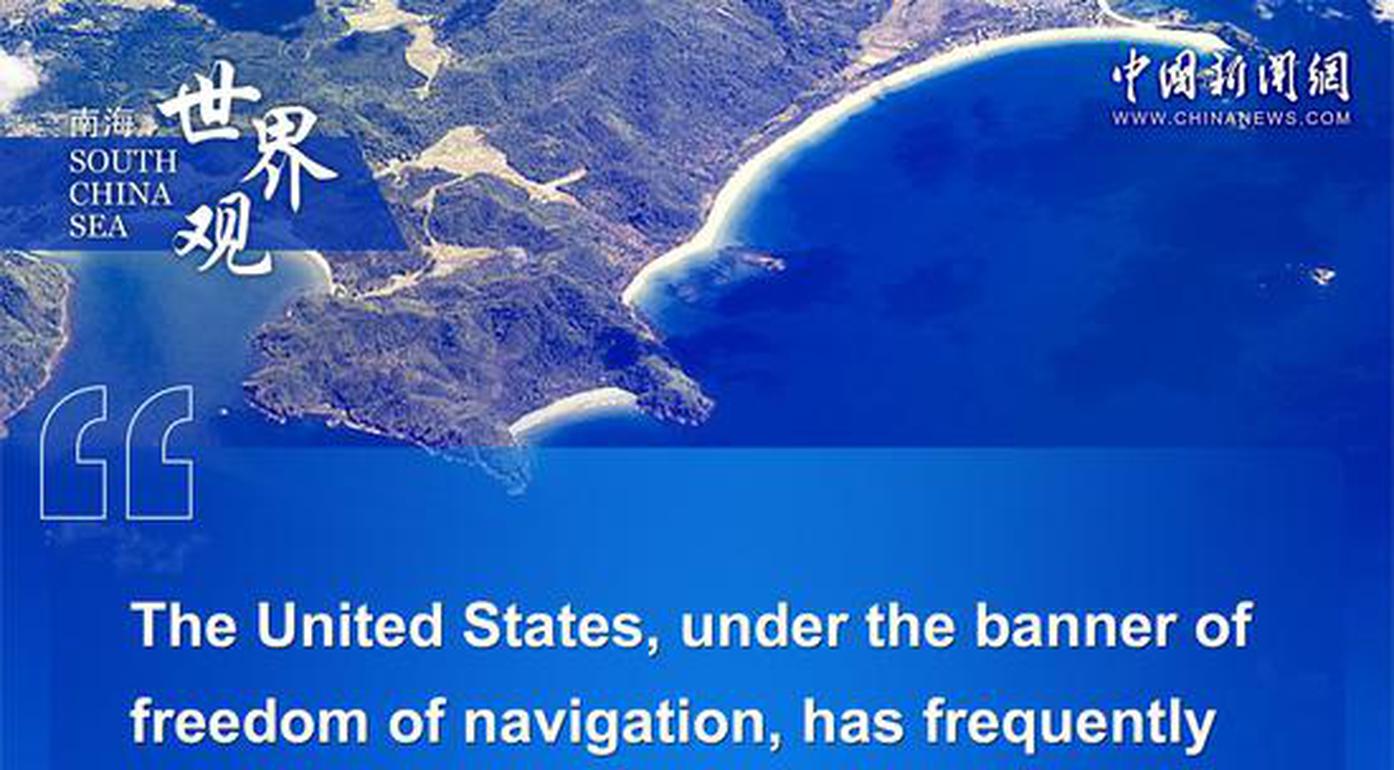








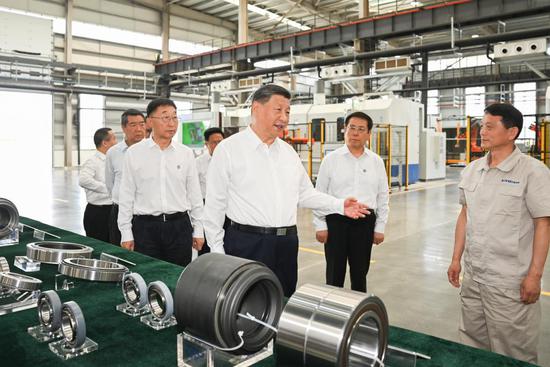
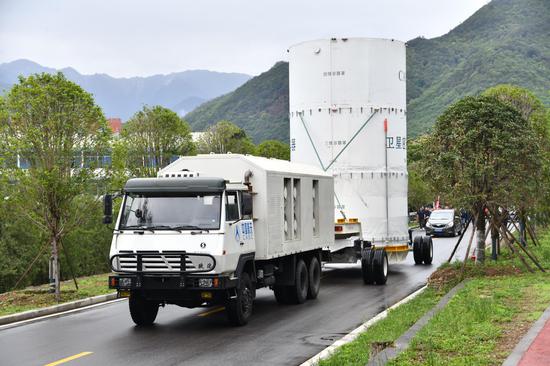

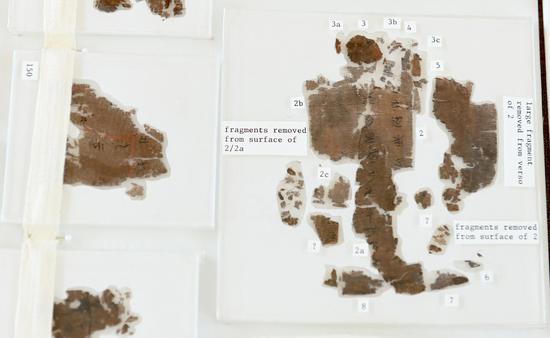
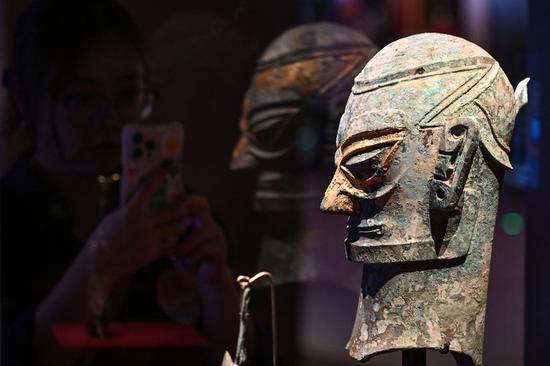

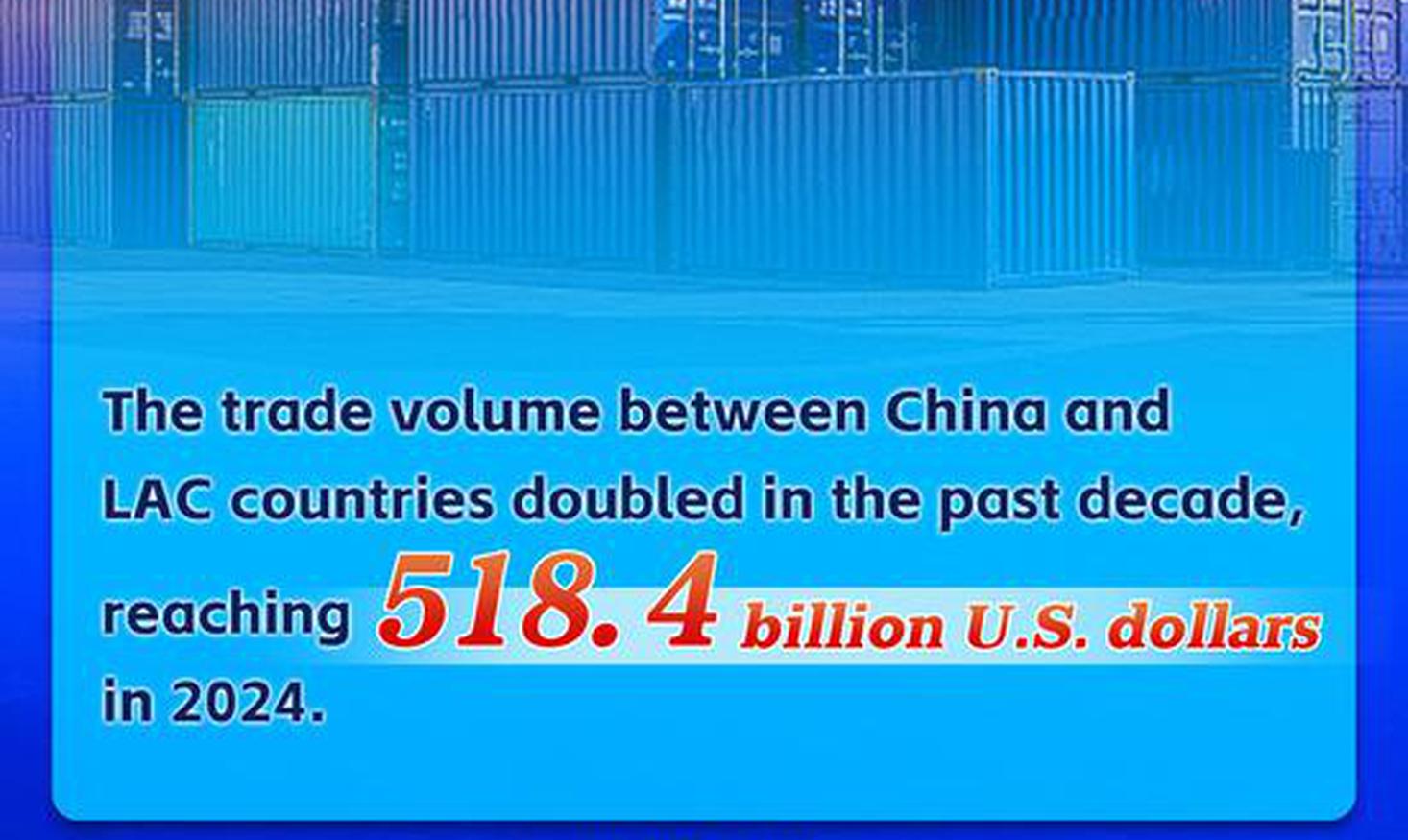
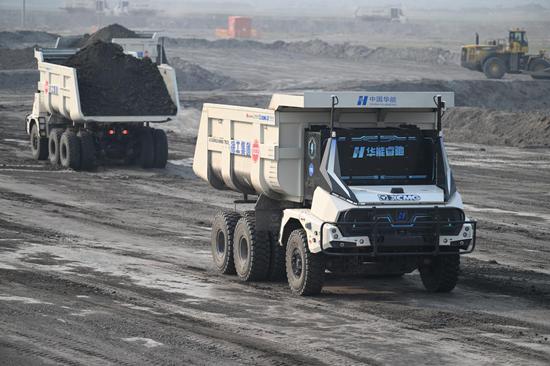




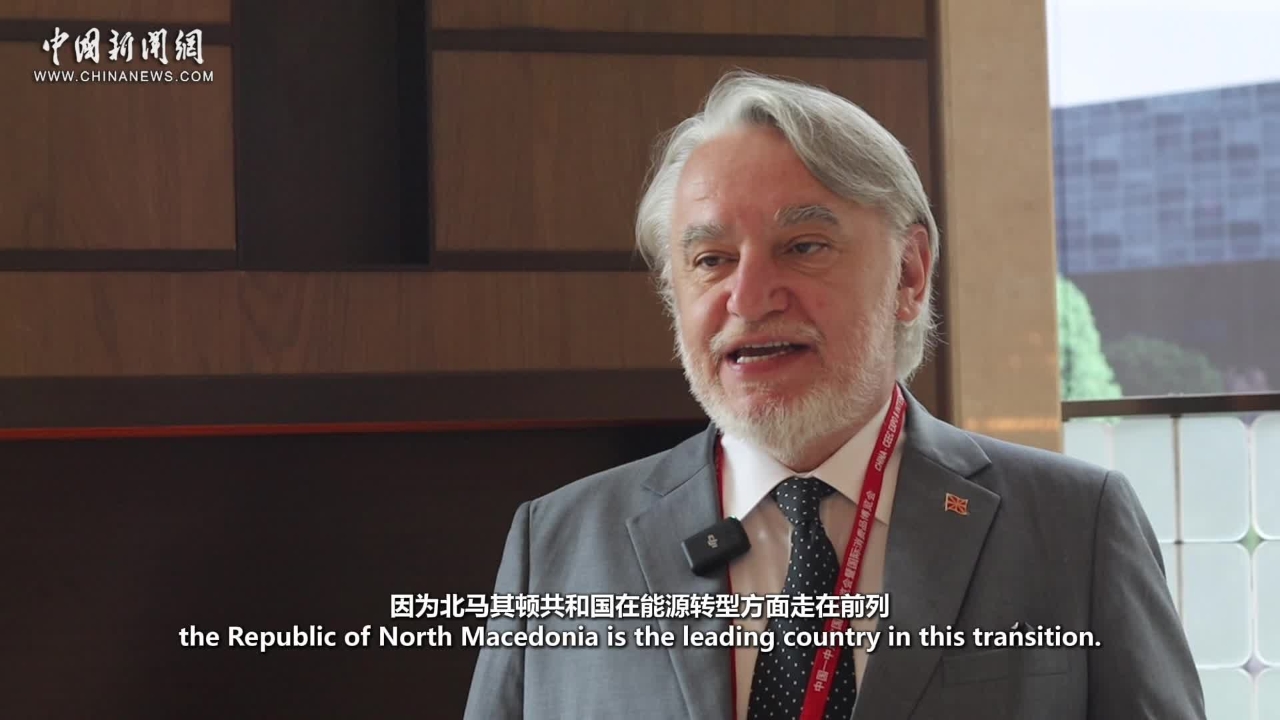

 京公網安備 11010202009201號
京公網安備 11010202009201號